Level B1
There is always something special about the first few days of September. After August that typically coincides with holiday travel, September instead represents the great return from vacation destinations. The long, hot summer starts to gradually fade with the refreshing coolness brought on by the first rains. Deserted cities become repopulated again, and already by the second week of the month the traffic has returned, the shops have reopend, and the streets have come back to life. This is also the month when schools reopen for young kids and adolescent teens. In all it's a bit like a second New Year, a new beginning. The first rain hitting the windows after months of drought, the fresh breeze, the scent of newly bought books, pencil cases, and notebooks each bring with them that special sensation of a fresh start.
Also for university students, September is a time for new beginnings. Universities are starting to fill up with new freshmen ready to take entrance exams for their course placements. Many departments are “limited admission,” meaning that only a small selection of students will have the opportunity to enroll based on their performance on the entrance exams.
Among the many universities in Rome, the most important is certainly the University of Rome “La Sapienza” which just this summer, on August 15, 2024, was ranked among the top 150 universities in the world according to the Academic Ranking of World Universities. Sapienza is notably the only Italian university that falls within this prestigious category. Not to mention, the QS agency's departmental ranking has once again placed La Sapienza as first in the world in Classics & Ancient History. With its over 100,000 students, Sapienza is also the Italy’s top university in terms of number of enrolled students.
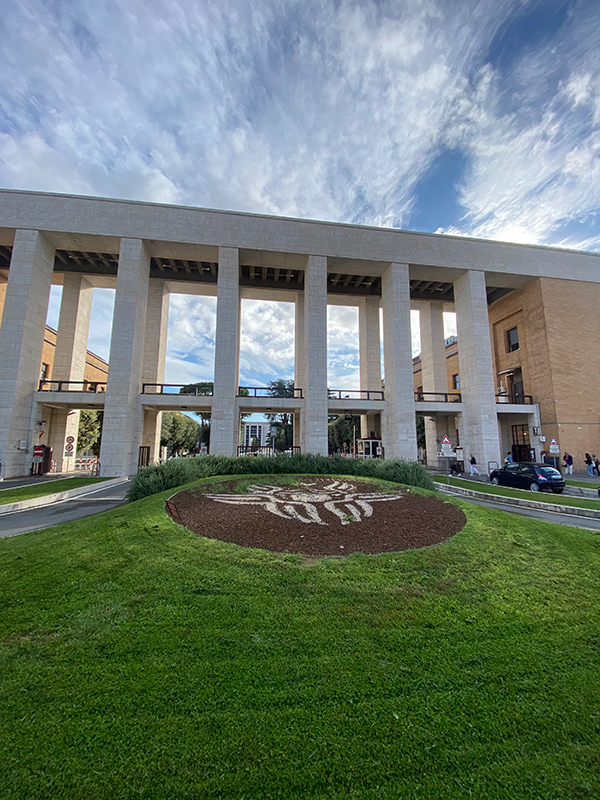
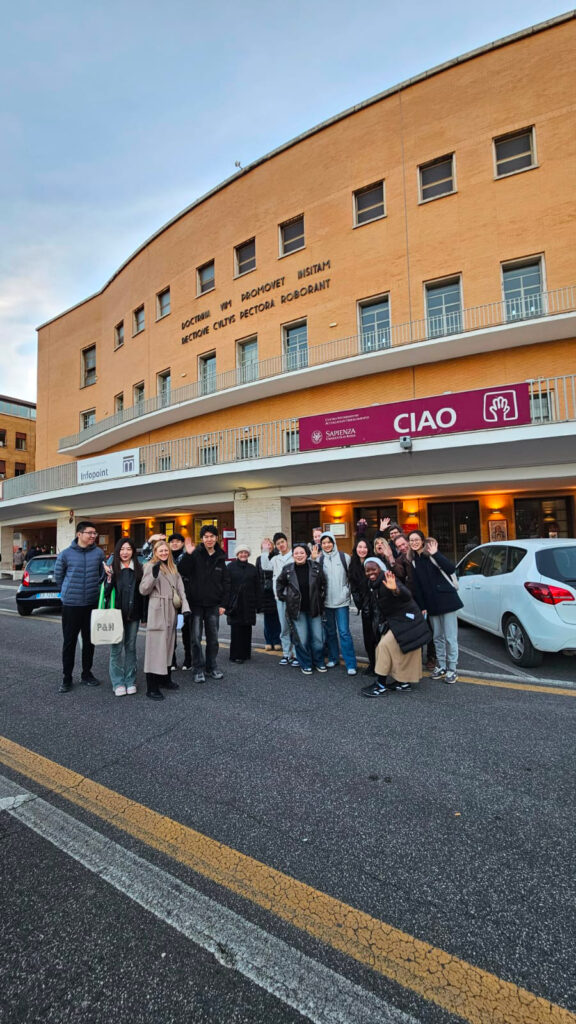
With the arrival of autumn, lessons resume at university. Teachers return to the classroom, libraries, corridors, and offices fill up, and classrooms become crowded. Some are even so full that students have to attend their lessons sitting on the floor or leaning on window sills.
The University’s main campus is located in the Tiburtino district of Rome. At the height of the Fascist dictatorship in 1935, Benito Mussolini inaugurated this University City in the presence of King Vittorio Emanuele III. Built according to the architectural tenets of the rationalist style, the university’s main campus is an iconic example of regime architecture. The main entrance can be accessed from Piazzale Aldo Moro through a monumental portico of reinforced concrete columns that act as the entrance portal. From here a long avenue, which houses the Orthopedics, Chemistry, Engineering, and Physics buildings, leads up to the Rector's Building. In front of this administrative center stands the statue of Minerva, the goddess of wisdom and study in ancient Rome, now also the chosen symbol of the university.
Legend has it that students should never look the goddess in the eyes, otherwise they are sure to fail their exams. To avoid this fate, students must walk heads down along the campus’s central avenue, all while acutely aware that even though they might succeed in not meeting her eyes, Minerva’s austere gaze is still looking down upon them.
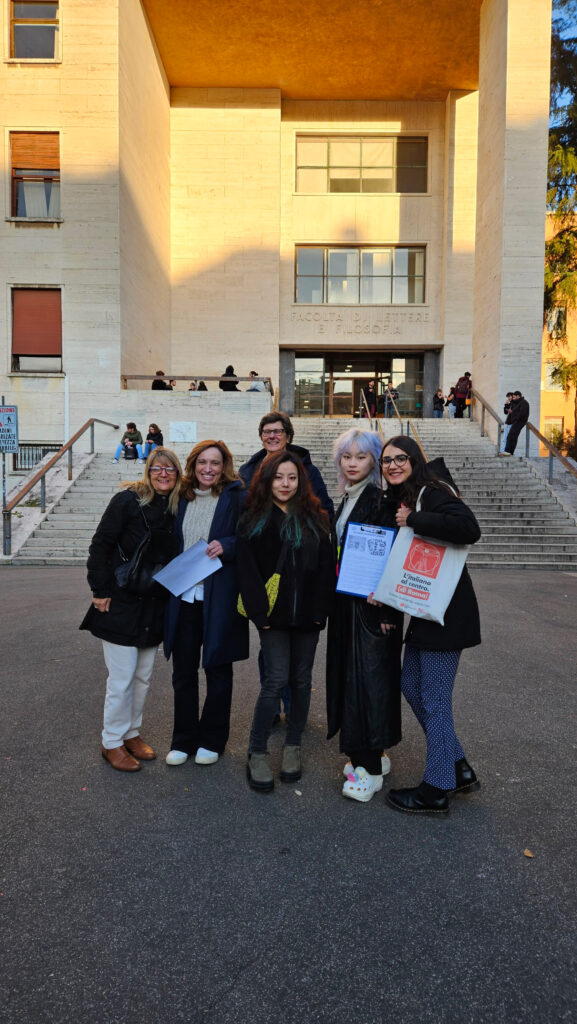
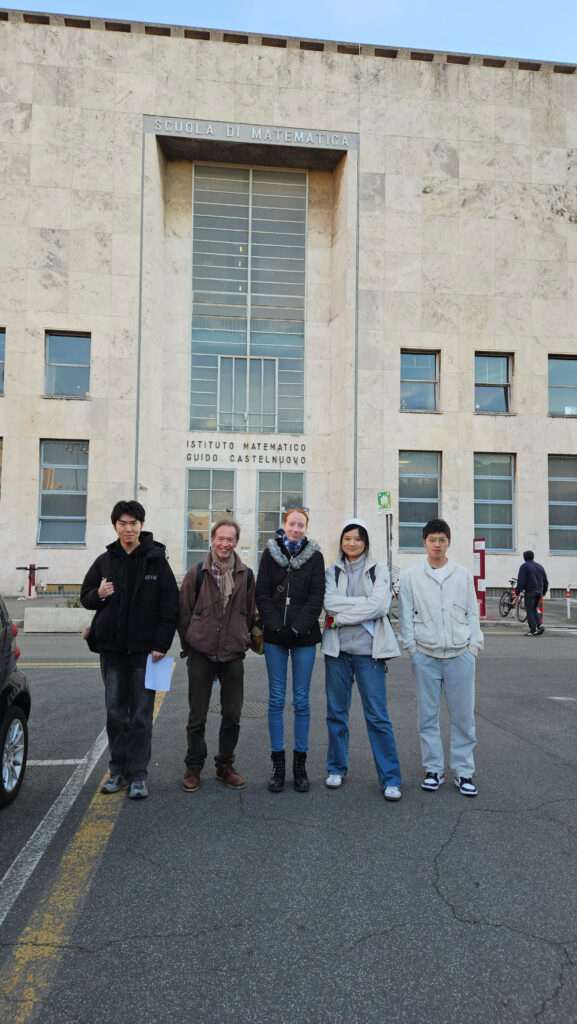
In the Rector's Building, just behind the Minerva statue, lie the Alessandrina Library and the Aula Magna. Meanwhile to the left stands the Law Building, and on the right is that of the Department of Letters and Philosophy. Dante Alighieri's Divine Comedy and many other masterpieces of Italian literature are studied here in this building. In its basement, there is the large plaster cast gallery that also functions as a study space. Here it feels as though one is being allowed to study directly inside a museum with each table surrounded by plaster reproductions of Greco-Roman statues that range from the Archaic to the Hellenistic period. Have you ever leafed through a book while being observed by a giant Hercules?
The Campus is really large, inside there are also the Political Science and Statistics buildings as well as bars, a nursery, post offices, a bank, a church, lots of libraries, and a large open lawn where students can lie down with a book on sunny days.
Sapienza is not limited to the University City alone, it is also made up of departmental offices that are scattered throughout Rome. Psychology is located in the San Lorenzo district, Architecture can be found near the Ara Pacis, and the Department of Languages and Philosophy is within the splendid Villa Mirafiori, the former residence of “beautiful Rosina,” wife of the first king of Italy, Vittorio Emanuele II. The building is neo-Renaissance in style and surrounded by a large garden. Here language students stroll, books in hand, among corridors punctuated by large windows decorated with floral motifs, mosaic floors, and frescoed rooms. A particularly splendid example is the so-called Parrot Room adorned with paintings of exotic animals, parrots, peacocks and monkeys.
Generally, lessons resume in early October for all universities. Students then attend classes until Christmas break when it’s time to get back to their books and study. From January to March the corridors fill up once again, only this time with students that are waiting to be called in to take their exams: the infamous winter session begins! Waiting times are often long and can be quite unnerving. For instance, if a course is very popular, organizational problems can lead to students being asked to wait another week or two before coming back and trying again. Others might find themselves waiting hours and hours camped out in the corridors from morning until evening before their turn arrives. University isn’t all “sunshine and roses” to say the least. With its high number of students and complex administration, La Sapienza is also known as the university of long queues at the school secretary and of technical chaos between booking exams, enrolling in courses, and so on. To resolve these issues, levelheadesness and adaptability are surely needed, which is also why La Sapienza is often ironically referred to as “Patience” by its students! And a lot of patience is indeed needed as students return again to their classrooms, draft up their curricula, and start their courses.
For us too at the Scuola Leonardo da Vinci Roma, September heralds the arrival of autumn and marks a new season of experiences that await us. Between one Italian lesson and another, this is the perfect time to go and peek through the avenues of the University City. Are you curious to see with your own eyes how life is spent on campus? Between a glimpse at the plaster cast gallery and a coffee laying down on the lawn, you too can feel like university students for a day.
Teacher: Livia Bianchini
Sources: https://www.uniroma1.it/it/notizia/la-sapienza-prima-universita-italiana-nel-ranking-arwu-di- shanghai-2024-e-unica-tra-le-top
Read also:
- How much does it cost to study in Italy?
- How to get a Visa to study in Italy?
- How to study at the University in Italy?
Scuola Leonardo da Vinci Rome
The Eternal City has known it all. Victory and defeat, joy and tragedy, glory and humility marked Rome’s history, culture and architecture. A magical place with vibrant, timeless lifestyle with countless secrets waiting to be discovered.
The Scuola Leonardo da Vinci is situated in the centre of Rome, in the pedestrian area, halfway from the astounding Piazza Navona, Castel S. Angelo and St. Peter Basilica. It is one of the largest schools in Rome.
We, from Leonardo da Vinci School have one mission – to introduce you to this exciting urban symphony. Every year thousand of students from more than 90 countries jump into this adventure hand in hand with us. Leonardo da Vinci School is not only leading language institute, but centre of Italian culture and lifestyle. We match our vast experience with our student’ eagerness to know and learn and together we make it happen.
Latest posts by Scuola Leonardo da Vinci Rome (see all)
- Good Friday: The Way of the Cross at the Colosseum - April 18, 2025
- Festa di San Giuseppe, a beloved Italian festivity - March 19, 2025
- The Seven Hills of Rome: History, Legends, and Curiosities - February 21, 2025







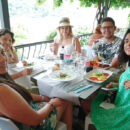

 Exclusive Black Friday deals
Exclusive Black Friday deals 
 on ou
on ou
 ITALIANO ON-AIR
ITALIANO ON-AIR parliamo delle tr
parliamo delle tr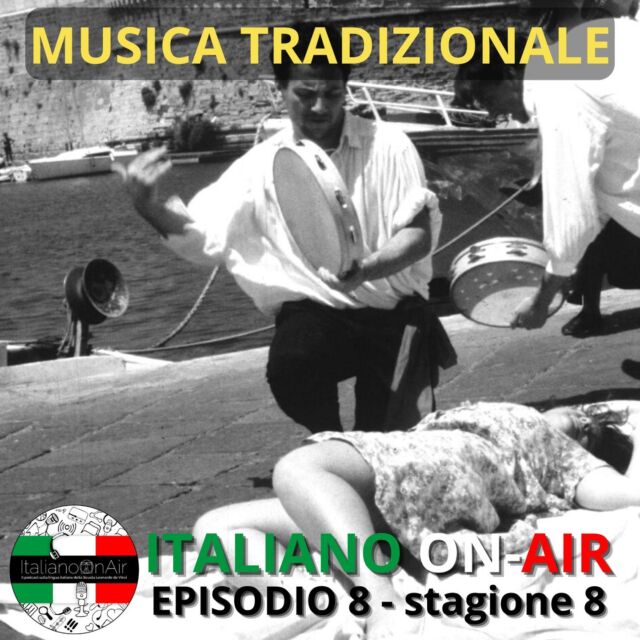


 para Aula
para Aula 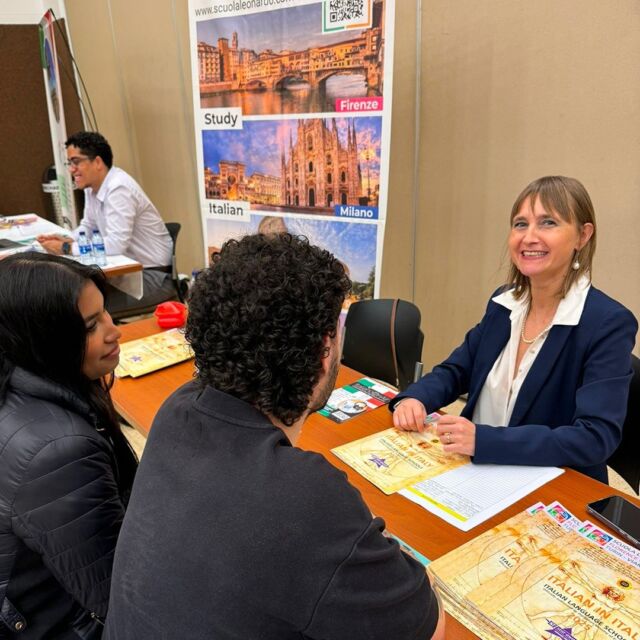
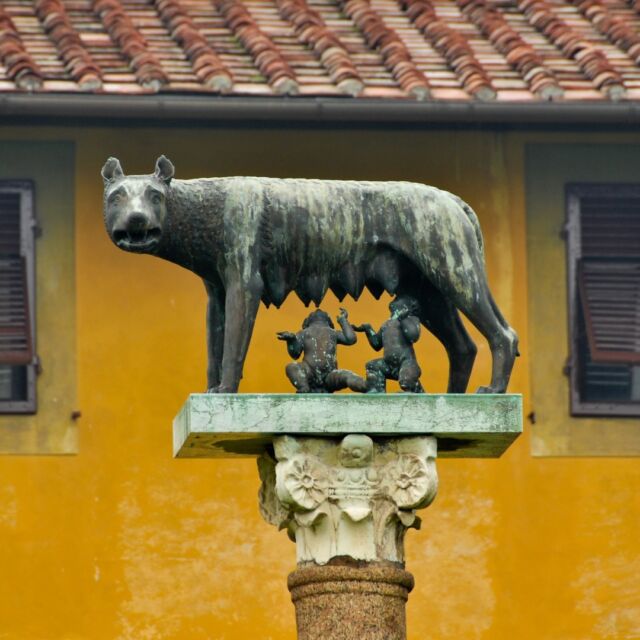
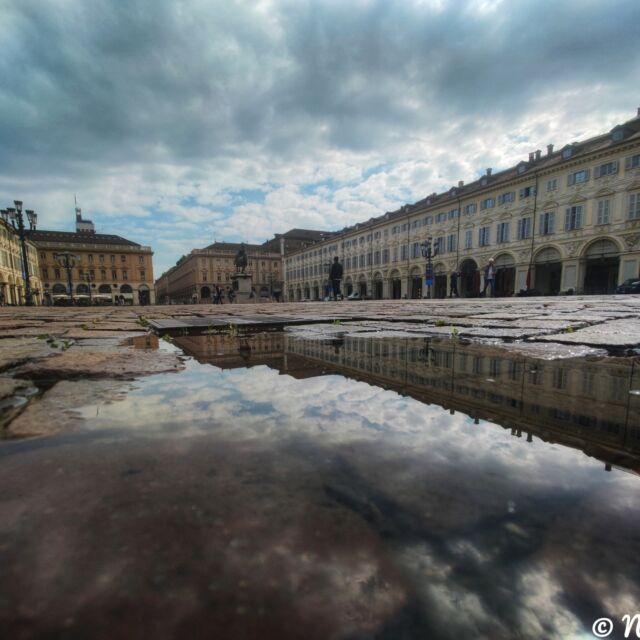
 e birra
e birra è davvero una
è davvero una 
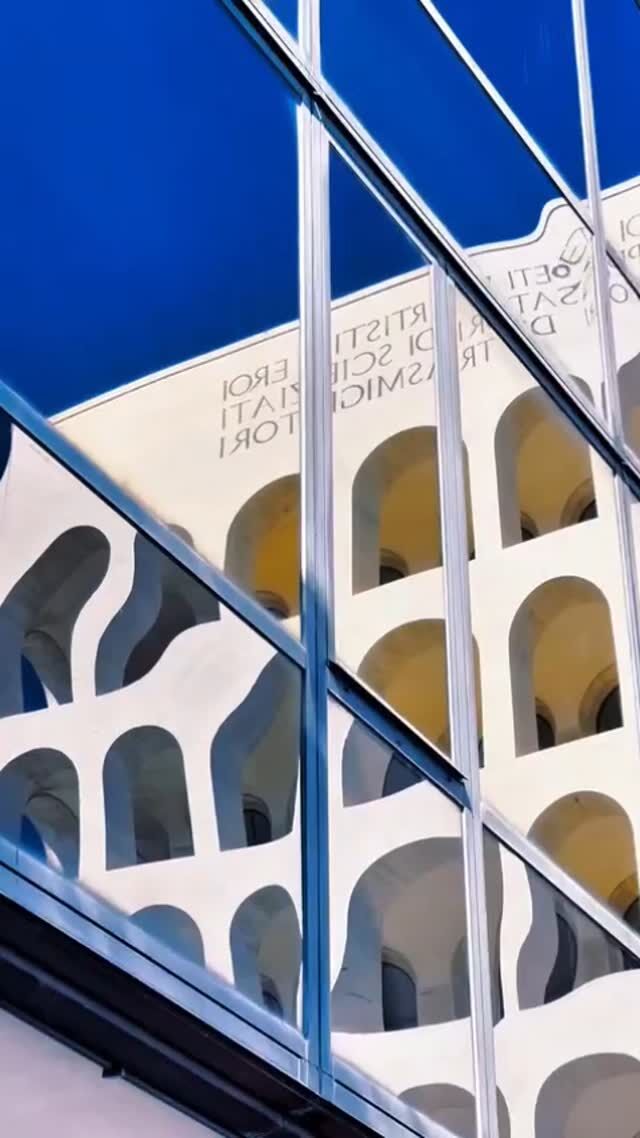
 da @scuolaleonardoital
da @scuolaleonardoital
 ! Abbiamo
! Abbiamo 

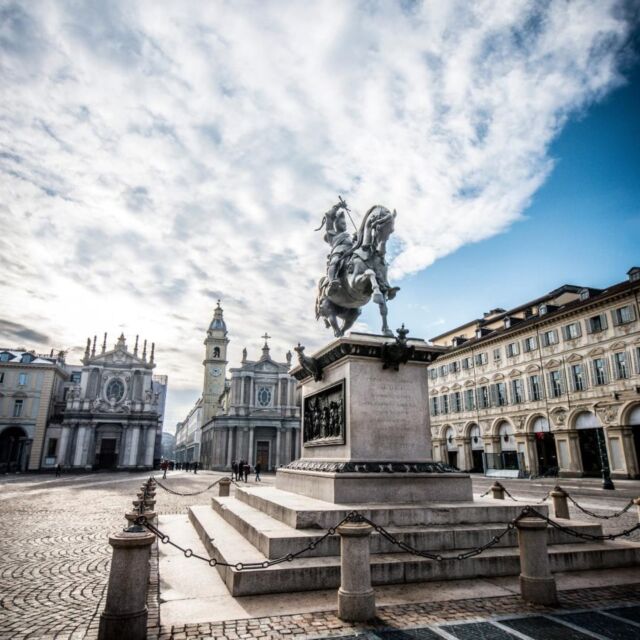

 スクオーラ・レオナルドダヴィン
スクオーラ・レオナルドダヴィン
 We are
We are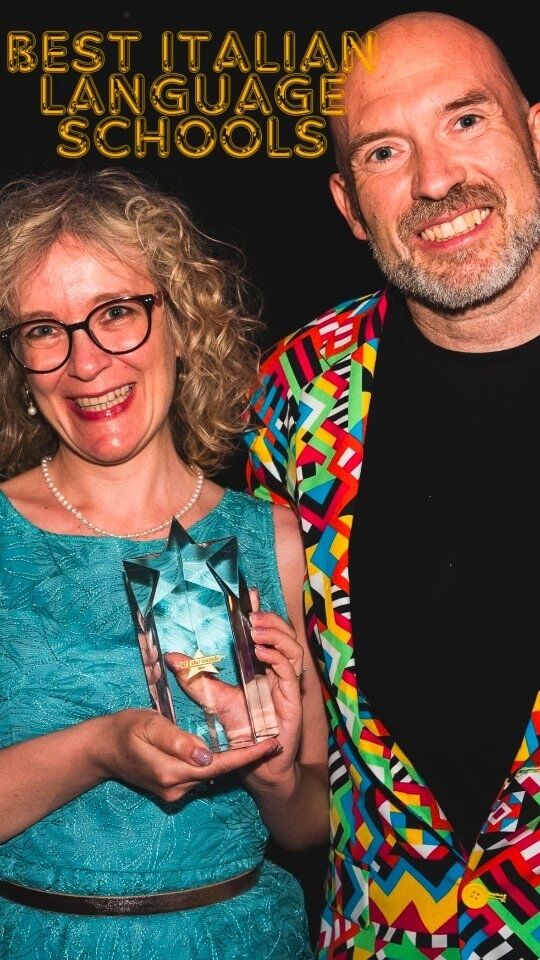
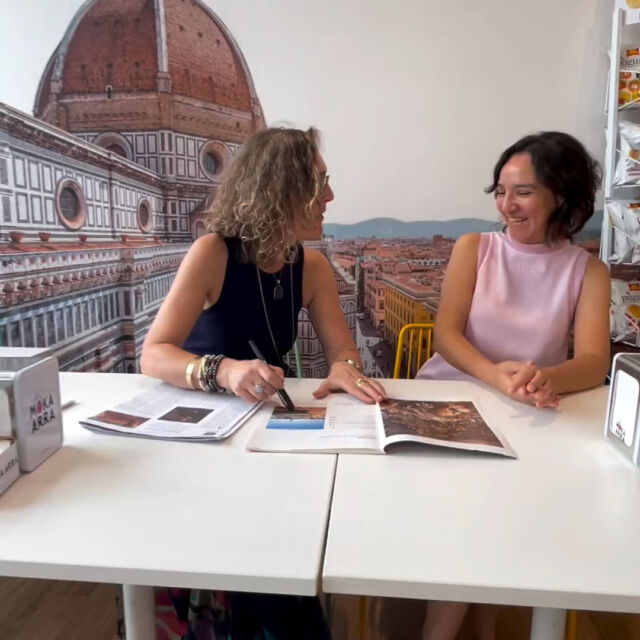
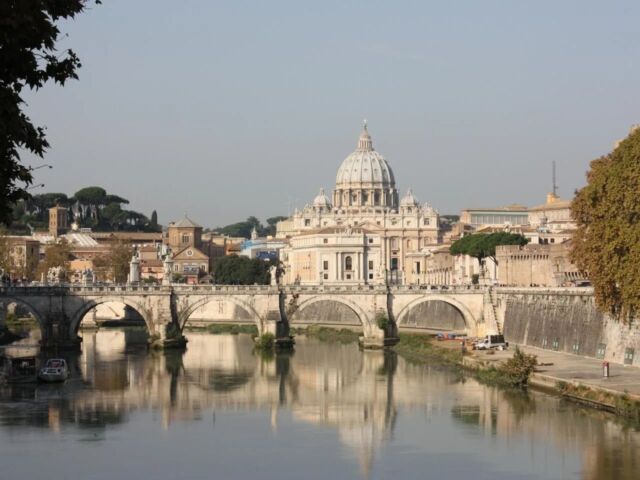
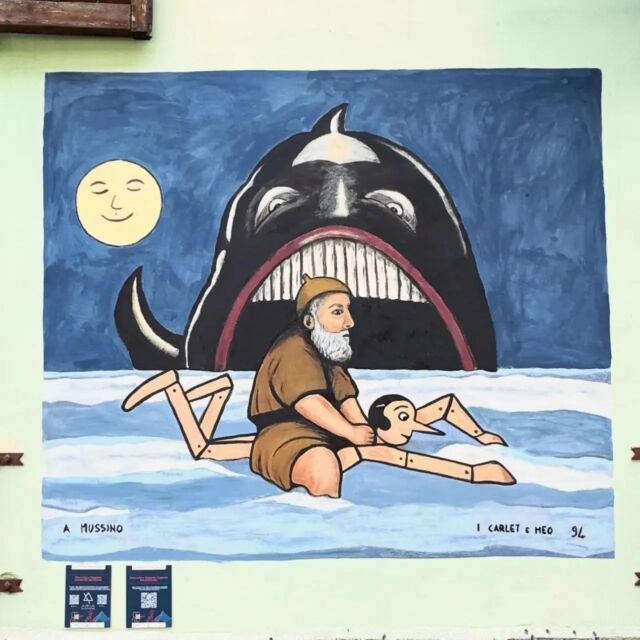
 sono appena finite e noi
sono appena finite e noi